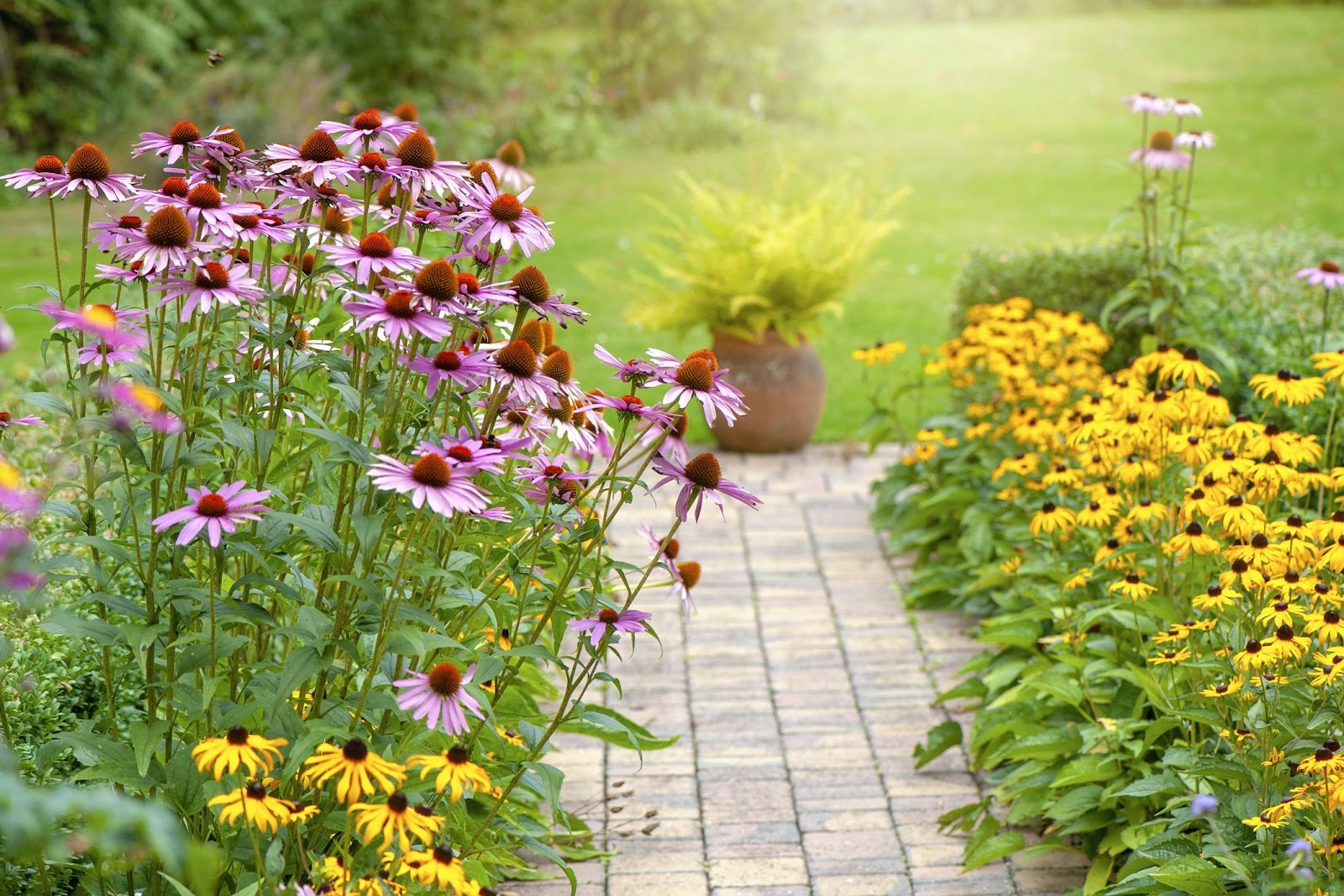Flowers
IT ENTHUSIASTS
FLOWERS
Flowers are one of the most beautiful and diverse gifts of nature. They come in various shapes, sizes, colors, and fragrances, and they can brighten up any garden, home, or occasion. But how many types of flowers are there in the world? And what are their names and characteristics? In this blog post, we will explore some of the most common and popular types of flowers, along with their images and growing tips.
Types of Flowers by Category
There are many ways to categorize flowers, but one of the simplest is to divide them into four main groups: annuals, perennials, biennials. Here is a brief explanation of each group and some examples of flowers that belong to them.
Annuals
Annuals are flowers that complete their life cycle in one year or less. They usually bloom for a long time, from spring to fall, and then die after producing seeds. Annuals are great for adding color and variety to your garden, but they need to be replanted every year. Some examples of annual flowers are:
Ageratum: Ageratum is a fluffy blue flower that attracts butterflies and bees. It grows well in full sun or partial shade and prefers well-drained soil.
Marigold: Marigold is a cheerful yellow or orange flower that has a strong scent and can repel pests. It thrives in full sun and moist soil.
Sunflower: Sunflower is a tall and majestic flower that can grow up to 12 feet high. It has a large yellow head that follows the sun throughout the day. It needs full sun and fertile soil.
Perennials
Perennials are flowers that live for more than two years. They usually bloom for a shorter time than annuals, but they come back every year without needing to be replanted. Perennials are ideal for creating a low-maintenance and long-lasting garden, but they may need some pruning and dividing to keep them healthy. Some examples of perennial flowers are:
Aster: Aster is a star-shaped flower that comes in various colors, such as blue, purple, pink, white, and red. It blooms in late summer and fall and attracts butterflies and bees. It needs full sun or partial shade and well-drained soil.
Lavender: Lavender is a fragrant purple flower that has a soothing effect and can be used for aromatherapy. It blooms in mid to late summer and prefers full sun and dry soil.
Peony: Peony is a large and showy flower that has many petals and a sweet scent. It blooms in late spring and early summer and comes in colors like white, pink, red, and yellow. It needs full sun or partial shade and rich soil.
Biennials
Biennials are flowers that take two years to complete their life cycle. They usually grow leaves in the first year and produce flowers and seeds in the second year. Biennials are less common than annuals and perennials, but they can add some interest and variety to your garden. Some examples of biennial flowers are:
Foxglove: Foxglove is a tall and elegant flower that has bell-shaped blooms in shades of pink, purple, white, or yellow. It blooms in late spring and early summer and prefers partial shade and moist soil.
Hollyhock: Hollyhock is a towering flower that can reach up to 8 feet high. It has colorful spikes of blooms that range from white to pink to red to black. It blooms in mid to late summer and needs full sun and well-drained soil.
Sweet William: Sweet William is a charming flower that has clusters of small blooms in colors like white, pink, red, or purple. It has a spicy fragrance and attracts butterflies and hummingbirds. It blooms in late spring and early summer and likes full sun or partial shade and moist soil.











